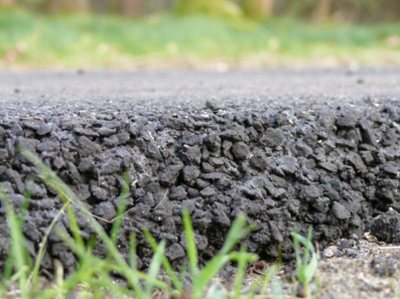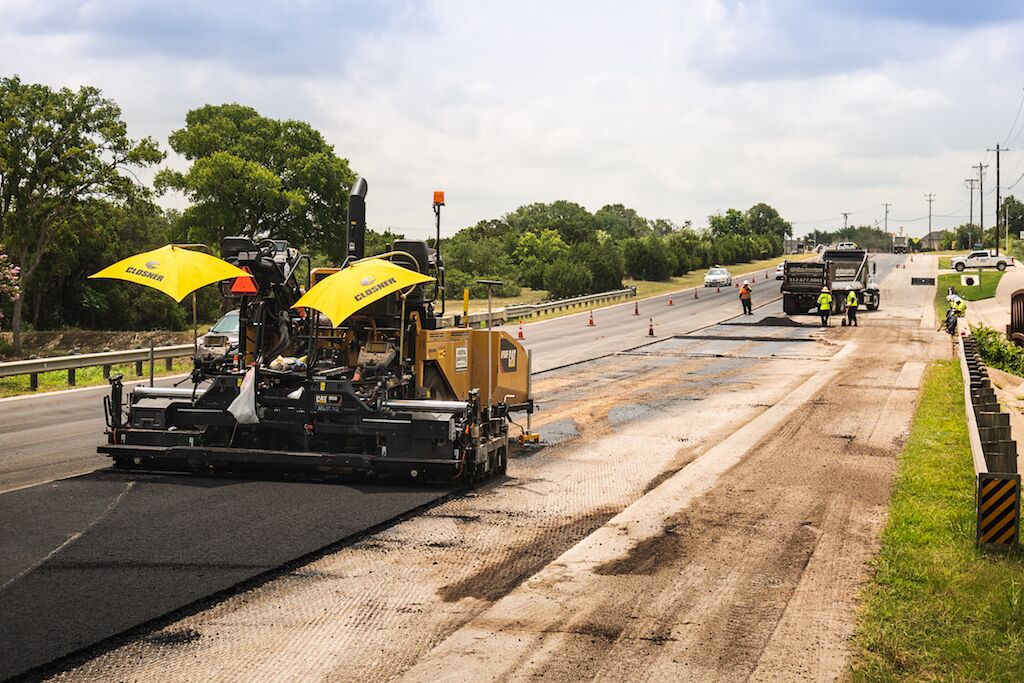See This Report about A1 Professional Asphalt & Sealing Llc
See This Report about A1 Professional Asphalt & Sealing Llc
Blog Article
Facts About A1 Professional Asphalt & Sealing Llc Uncovered
Table of ContentsA1 Professional Asphalt & Sealing Llc Can Be Fun For AnyoneA1 Professional Asphalt & Sealing Llc - The FactsThe 8-Minute Rule for A1 Professional Asphalt & Sealing LlcA Biased View of A1 Professional Asphalt & Sealing LlcWhat Does A1 Professional Asphalt & Sealing Llc Do?

The oil in an auto engine is not just oil. The REOB has all the additives that were in the waste oil as well as the wear metals from the engine (mainly iron and copper).
By making many blends utilizing various REOB samples and different asphalt binders, the variations mostly can be averaged out. Numerous States gave samples of known REOB structure to TFHRC scientists, that examined the samples to contrast the portion of added (recognized) REOB to the found (checked) quantity. The analyses showed a comparable percent of added and located REOB.
Facts About A1 Professional Asphalt & Sealing Llc Revealed
They received an overwhelming action. The TFHRC scientists analyzed 1,532 examples from 40 States, one Canadian province, and 2 Federal Lands Highway divisions. They evaluated each example twiceamounting to even more than 3,000 analyses. None of those States understood that the asphalt they were purchasing had REOB. One State insisted its samples had no REOB.
Of the 1,532 samples examined, 12 percent included REOB, and some included considerably high levels of it at 1020 percent. The highest level was 34 percent in a sample from Texas, which TxDOT had actually made use of in a patching compound. This testing likewise revealed the presence of phosphoric acid in 11 percent of the examples, and 2 percent contained ground tire rubber.
Two years back at TRB's yearly conference, the Federal researchers held an REOB workshop and provided the findings of their lab analyses to a standing room-only group. Some firms do not specifically prohibit REOB, they do enforce physical tests that avert its useeffectively a restriction. Others do not prohibit it by specification, yet have arrangements with asphalt vendors to stay clear of making use of REOB
Unknown Facts About A1 Professional Asphalt & Sealing Llc
A handful do enable REOB, some within certain restrictions. Ohio and Texas limitation levels to much less than 5 percent of the asphalt. To create a trustworthy test method that all States can utilize, the TFHRC scientists established a round-robin examination strategy. The individuals are 11 State freeway companies (Illinois, Massachusetts, Minnesota, Mississippi, Montana, North Carolina, Oklahoma, my company South Carolina, Texas, Vermont, and Wyoming), 2 independent testing labs, the Ministry of Transportation in Ontario, Queen's College in Ontario, and an Ontario paving professional.
The participants are testing the examples separately making use of the guidelines supplied by the TFHRC researchers. The outcome will be a suggested AASHTO test technique that any type of State can adopt and make use of.
The sidewalk with REOB, which lies 0.6 mile (1 kilometer) from the pavement without REOB, has identical subgrade, website traffic density, and environment. Nonetheless, the sector of Highway655 with 5 to 10 percent REOB revealed significant splitting. In this example, the visibility of REOB was the determined reason for fracturing at a reduced temperatures.
"In our experience in copyright, also tiny amounts of 23 percent can be a problem." An area of examination sidewalk in Minnesota (MN1-4) discovered to contain REOB likewise broke too soon. The sidewalk executed well for the very first 3 to 4 years, but then began to crack. This pavement is likewise subject to low temperature levels.
A Biased View of A1 Professional Asphalt & Sealing Llc
The examinations were not extensive, yet they revealed that at degrees of 6 percent or more, the tensile toughness of the asphalt went down considerably. At a level of 3.5 percent REOB, the variation in the physical examination techniques was higher than the effect of REOB. In reality, it was challenging for scientists to examine whether REOB was present.

One binder criterion thought about is the difference between the reduced temperature essential requirements temperature for tightness (S) in the flexing beam rheometer and the bending beam rheometer creep incline (m-value) noted as Tcritical. 2 independent research groups, one from AASHTO and the various other from the Asphalt Institute, ended that more research is needed on the use of REOB in asphalt.
Previously, all asphalt screening gauged design properties such as stiffness. These examinations do disappoint what products had been added to the asphalt. One example received during the TFHRC research study had a very unusual evaluation. The sample had the complying with examination outcomes: Superpave PG 64-28 with a high temperature level grade of 67.3 Tcritical on the flexing light beam rheometer was 6.7 degrees Celsius.

Not known Details About A1 Professional Asphalt & Sealing Llc
These outcomes demonstrate there are weak points in the standardized engineering screening methods that might be manipulated. The producer might have a financial advantage and the item passes all the standardized tests, yet the item might not be advantageous to making sure long-term efficiency. To resolve this issue and the expansion of brand-new asphalt additives and extenders, TFHRC is starting a research study program to make use of handheld spectroscopic devices, x-ray fluorescence spectroscopy, and Fourier transform infrared spectroscopy to make it possible for analyses to be done in the field as opposed to having to take samples back to the laboratory.
Report this page